Table of Contents
Cayenne Pepper Heat Levels Explained (30K-50K SHU)
Cayenne pepper typically ranges from 30,000 to 50,000 Scoville Heat Units (SHU), placing it in the medium-to-hot category of chili peppers. This guide explains everything you need to know about cayenne pepper's heat level, including how it compares to jalapeños, habaneros, and ghost peppers, along with practical tips for using it safely and effectively in your cooking.
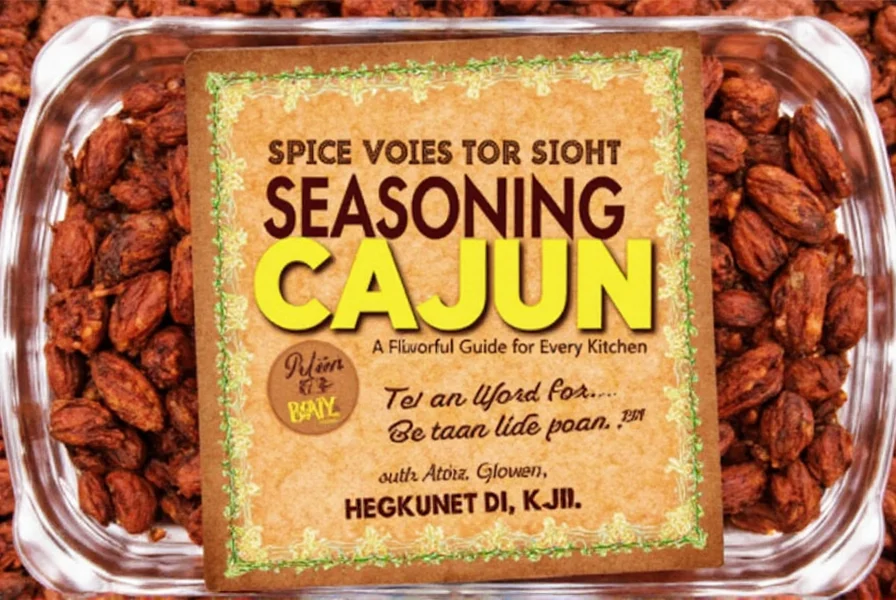
Understanding Scoville Heat Units
Scoville Heat Units (SHU) measure the concentration of capsaicin in chili peppers, developed by Wilbur Scoville in 1912. The scale ranges from 0 (no heat) to over 3 million SHU (Carolina Reaper). Higher SHU values indicate greater heat intensity. Cayenne pepper falls between 30,000-50,000 SHU, making it significantly hotter than jalapeños but milder than habaneros or ghost peppers.

Cayenne Pepper Heat Compared to Other Peppers
| Pepper Type | Scoville Heat Units (SHU) | Heat Level Comparison |
|---|---|---|
| Jalapeño | 2,500–8,000 SHU | 4-20x milder than cayenne |
| Cayenne Pepper | 30,000–50,000 SHU | Moderate heat |
| Thai Bird's Eye Chili | 50,000–100,000 SHU | 1-2x hotter than cayenne |
| Habanero | 100,000–350,000 SHU | 2-11x hotter than cayenne |
| Ghost Pepper | 855,000–1,041,427 SHU | 28-34x hotter than cayenne |
| Carolina Reaper | 1,400,000–2,200,000 SHU | 46-73x hotter than cayenne |
Cayenne pepper offers the perfect balance of heat and flavor for most home cooks. It's significantly hotter than jalapeños but much more manageable than superhot peppers like habaneros or ghost peppers. This makes it ideal for adding spice without overwhelming other flavors in your dishes.
Practical Tips for Using Cayenne Pepper
Here are essential tips for safely incorporating cayenne pepper into your cooking:
- Start Small: Even a pinch (1/8 teaspoon) adds noticeable heat. Gradually increase based on your tolerance.
- Wear Gloves: Always wear gloves when handling fresh cayenne peppers to prevent capsaicin transfer to skin or eyes.
- Proper Storage: Keep in an airtight container away from light and moisture to preserve potency for 2-3 years.
- Flavor Pairing: Works best with garlic, paprika, cumin, and smoked spices for balanced heat and flavor.
- Heat Reduction: If too spicy, add dairy (milk, yogurt), sweeteners (honey), or acids (vinegar, lemon juice) to neutralize heat.
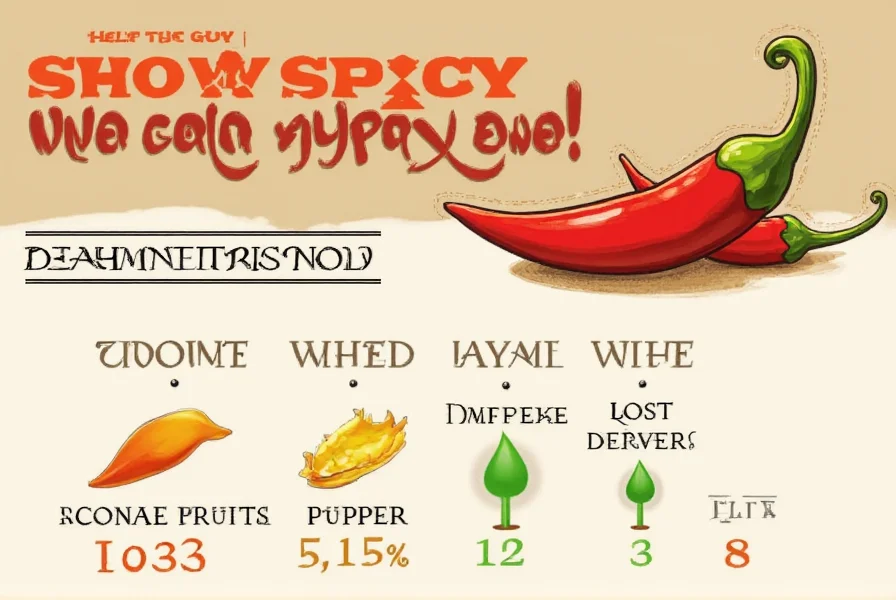
Buying Guide: How to Choose the Best Cayenne Pepper
When selecting cayenne pepper, consider these factors for optimal quality and heat:
1. Form Options
- Dried Whole Peppers: Best for grinding fresh. Look for bright red, firm peppers with no mold.
- Ground Powder: Most convenient for cooking. Ensure uniform color and strong aroma.
- Fresh Peppers: Choose firm, smooth-skinned peppers with vibrant red color. Avoid soft spots or wrinkles.
2. Quality Indicators
- Check SHU rating on packaging (30K-50K for standard cayenne)
- Look for "no added fillers" or "100% pure cayenne" labels
- Organic options are preferable for pesticide-free cultivation
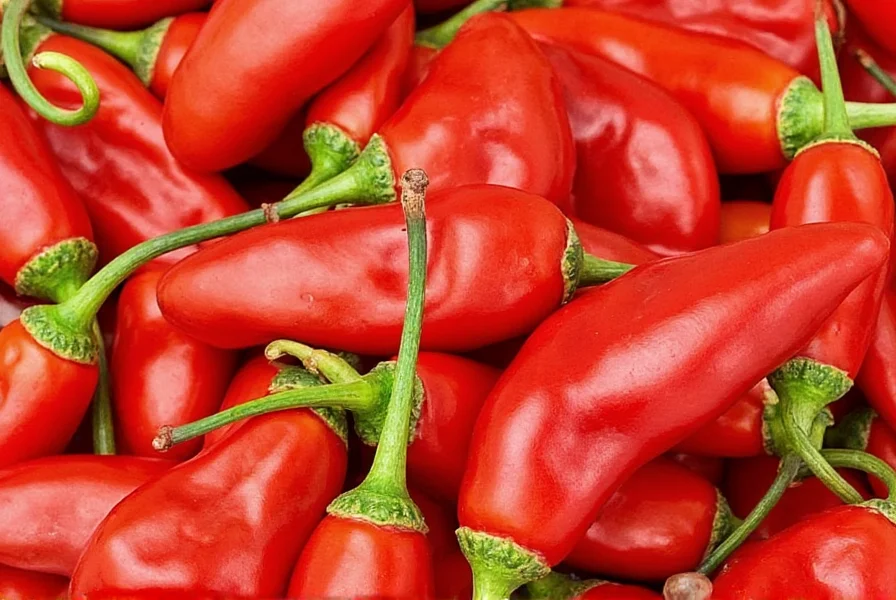
Frequently Asked Questions About Cayenne Pepper Heat
What is the Scoville rating of cayenne pepper?
Cayenne pepper typically ranges from 30,000 to 50,000 Scoville Heat Units (SHU). This places it in the medium-to-hot category on the chili pepper scale, significantly hotter than jalapeños but not as intense as habaneros or ghost peppers.
How does cayenne pepper compare to other common peppers in heat?
Cayenne pepper (30,000-50,000 SHU) is about 6-20 times hotter than jalapeños (2,500-8,000 SHU), but considerably milder than habaneros (100,000-350,000 SHU) and ghost peppers (855,000-1,041,427 SHU). It's similar in heat to Thai bird's eye chilies but generally milder than the hottest varieties of these peppers.
Is cayenne pepper too hot for beginners?
For spice newcomers, cayenne can be quite hot if used generously, but it's manageable when used in moderation. Start with just a pinch (1/8 teaspoon or less) in recipes and gradually increase to your comfort level. Compared to superhot peppers, cayenne is actually considered a good "entry-level" hot pepper for those wanting to explore more heat.
How can I reduce the heat of cayenne pepper in a dish?
If you've added too much cayenne to a dish, you can reduce the heat by: adding dairy products (milk, yogurt, sour cream), increasing the recipe's volume with more non-spicy ingredients, adding sweet elements (sugar, honey), or incorporating acidic components (lemon juice, vinegar). Remember that the heat will mellow slightly as the dish cooks longer.
What makes cayenne pepper hot?
The heat in cayenne pepper comes from capsaicin, the active compound found in chili peppers. Capsaicin binds to pain receptors in your mouth and throat, creating the burning sensation we perceive as "heat." The concentration of capsaicin determines the Scoville rating - higher concentration means more SHU and greater perceived heat.
Can cayenne pepper be used medicinally?
Yes, cayenne pepper has several traditional medicinal uses. Capsaicin is used in topical pain relief creams for arthritis and muscle pain. It may also help with circulation, digestion, and metabolism. However, always consult with a healthcare provider before using cayenne for medicinal purposes, especially if you have underlying health conditions or take medications.
How long does cayenne pepper retain its heat?
Properly stored cayenne pepper (in an airtight container away from light and moisture) can maintain its potency for 2-3 years. The heat will gradually diminish over time. Fresh cayenne peppers will stay hot for about 1-2 weeks in the refrigerator. For longest shelf life, dried cayenne peppers can be frozen.
Why does my cayenne pepper vary in heat from one batch to another?
Several factors affect cayenne pepper heat levels: growing conditions (soil, climate, water), specific variety, ripeness when harvested, and even where on the plant the pepper grew. Commercially processed cayenne powder may also blend peppers from different sources, creating natural variation in heat level from one container to the next.
Conclusion
Cayenne pepper (30K-50K SHU) offers the perfect balance of heat and flavor for most home cooks. It's significantly hotter than jalapeños but much more manageable than superhot peppers like habaneros or ghost peppers. Whether you're seasoning soups, sauces, or marinades, cayenne adds vibrant heat without overwhelming other flavors.
Remember to start with small amounts, store properly in airtight containers away from light, and pair with complementary spices like garlic and cumin. For medicinal uses, always consult a healthcare professional. With these tips, you'll confidently harness cayenne pepper's flavorful heat in every dish.
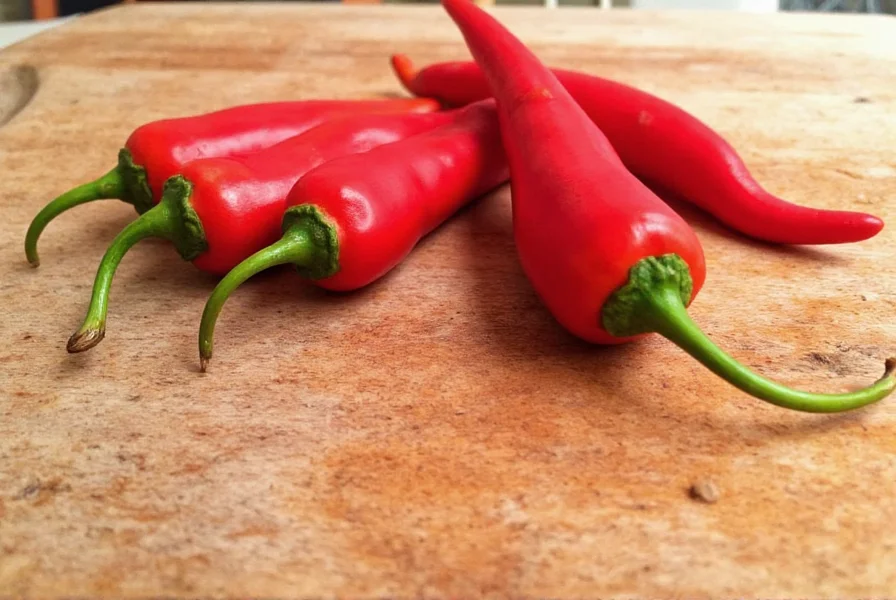

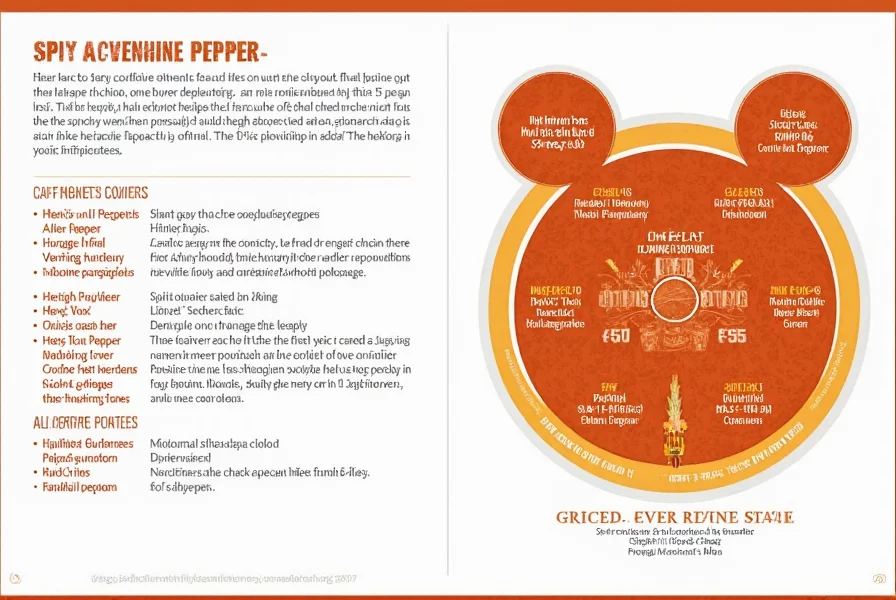









 浙公网安备
33010002000092号
浙公网安备
33010002000092号 浙B2-20120091-4
浙B2-20120091-4